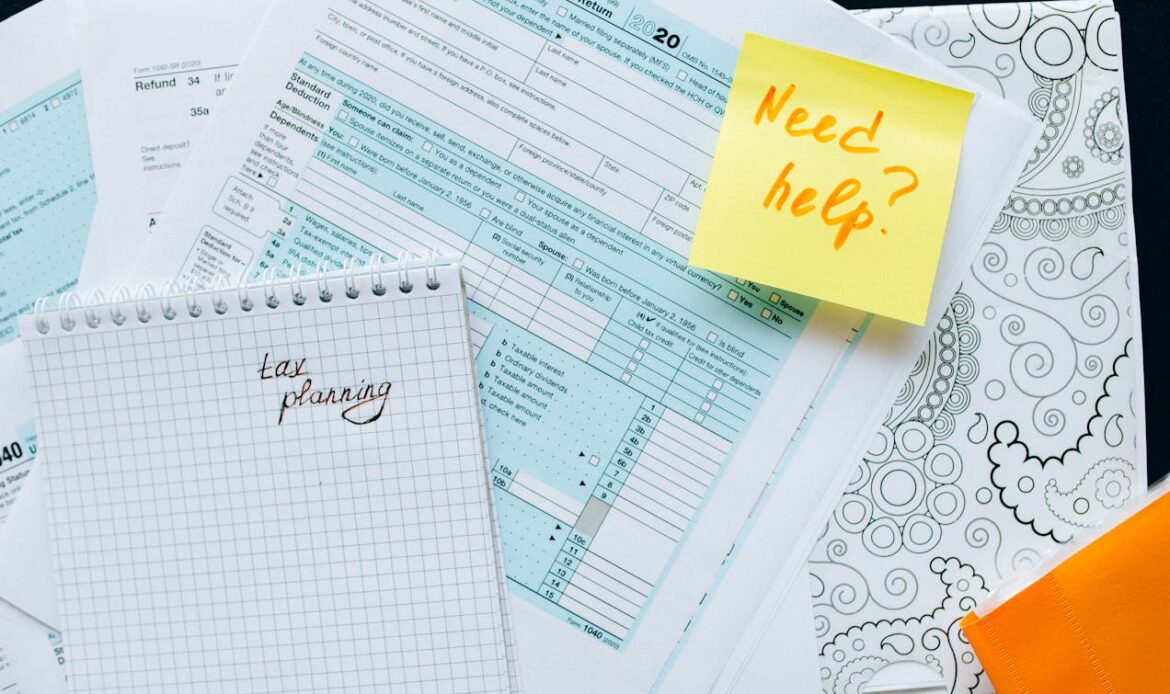Filing your Income Tax Return (ITR) is a key part of financial compliance in India. With the government’s push for digital services, individuals and businesses can now file ITRs completely online, without visiting any tax office.
This blog provides a step-by-step guide on how to file income tax returns online for FY 2024-25 (AY 2025-26), covering required documents, portal process, and common mistakes to avoid.
Legal Reference
- Section 139(1), Income Tax Act, 1961
- Income Tax Rules, 1962
- Income Tax Department Portal: https://www.incometax.gov.in
Who Needs to File ITR Online?
- All individuals, HUFs, firms, and companies whose income exceeds the basic exemption limit
- Persons seeking TDS refund or tax credit claim
- Anyone with foreign assets, income, or capital gains
- Businesses or professionals required to maintain books or file audited returns
Note: E-filing is mandatory for all except for super senior citizens (age 80+) filing ITR-1 or ITR-2 manually
Documents Required Before Filing
- PAN and Aadhaar (linked)
- Form 16 from employer (if salaried)
- Form 26AS and AIS/TIS (Annual Information Statement)
- Bank statements and interest certificates
- Capital gains statements (from mutual funds, shares, real estate)
- Details of deductions under Sections 80C, 80D, 80G, etc.
- Rental income, HRA proof, home loan certificates
- Foreign income/assets (Schedule FA) if applicable
Step-by-Step Guide to File ITR Online
Step 1: Visit https://www.incometax.gov.in
Step 2: Log in using PAN (User ID) and password
Step 3: Go to “e-File” > “Income Tax Return”
Step 4: Select AY 2025-26, applicable ITR form (ITR-1 to ITR-7)
Step 5: Choose online or offline mode
Step 6: Pre-fill and review data from Form 26AS, AIS, TIS
Step 7: Declare deductions, foreign assets, and bank details
Step 8: Validate and calculate tax payable/refund
Step 9: Submit return and verify using Aadhaar OTP, DSC, or EVC
Step 10: Download ITR-V (acknowledgement) and keep for records
Which ITR Form to Use?
| Form | Who Should Use |
|---|---|
| ITR-1 | Salaried individuals (income ≤ ₹50L, one house) |
| ITR-2 | Salary + capital gains or multiple house properties |
| ITR-3 | Business/profession income (non-presumptive) |
| ITR-4 | Presumptive income under 44AD/44ADA/44AE |
| ITR-5/6/7 | Firms, LLPs, companies, NGOs, trusts |
Common Mistakes to Avoid
- Not reconciling Form 26AS vs. actual income
- Choosing wrong ITR form
- Skipping Schedule FA for foreign assets
- Missing bank details for refund
- Failing to e-verify ITR (within 30 days)
Conclusion
Filing your income tax return online in 2025 is easier than ever — but accurate disclosure, proper form selection, and documentation remain critical. Filing on time helps you claim refunds, avoid penalties, and maintain financial credibility.
Call to Action
Need expert assistance to file your ITR correctly this year?
Whether salaried, self-employed, or NRI — we’ll handle it end-to-end for you.
Book a consultation with Anshul Goyal, Chartered Accountant, to file your ITR confidently and correctly.
Visit: https://calendly.com/anshulcpa
Disclaimer
This blog is for educational purposes only and does not substitute professional tax advice. Income tax return requirements vary based on residency, income type, and disclosure obligations.
Frequently Asked Questions
1. What is the due date for filing ITR for FY 2024-25?
31st July 2025 for individuals (unless extended)
2. Can I file ITR without Form 16?
Yes, if you know your salary and TDS details (check Form 26AS/AIS)
3. How do I check if my return is processed?
Track return status under “View Filed Returns” on the portal
4. Is e-verification compulsory?
Yes, within 30 days of filing. Otherwise, return is invalid
5. Can I revise my return if I make a mistake?
Yes. File a revised return before 31st December 2025


